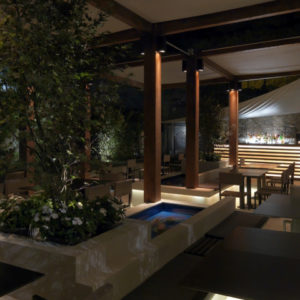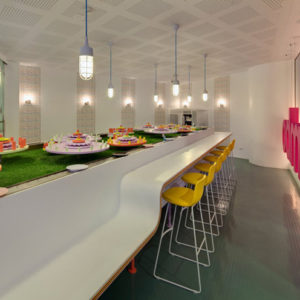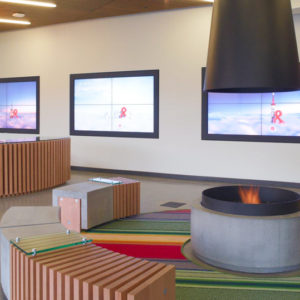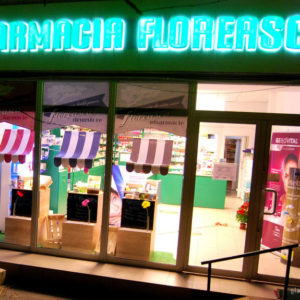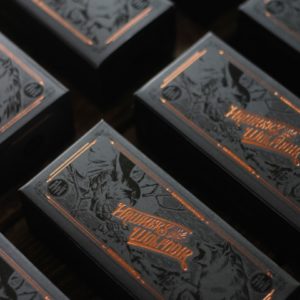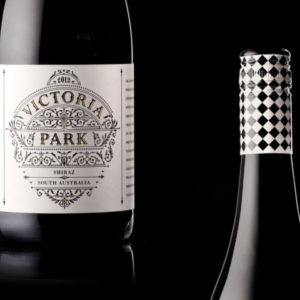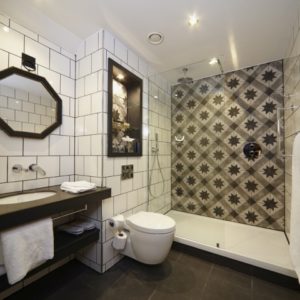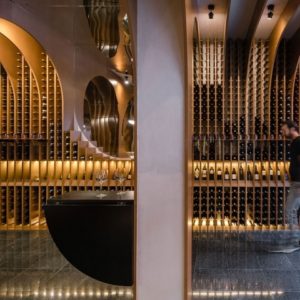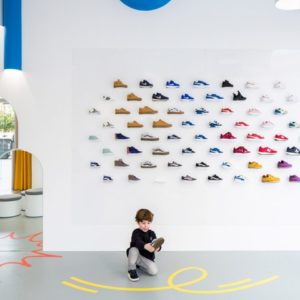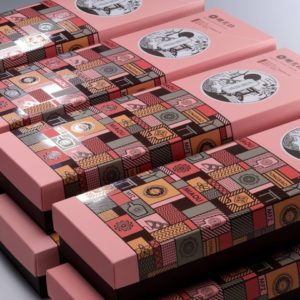
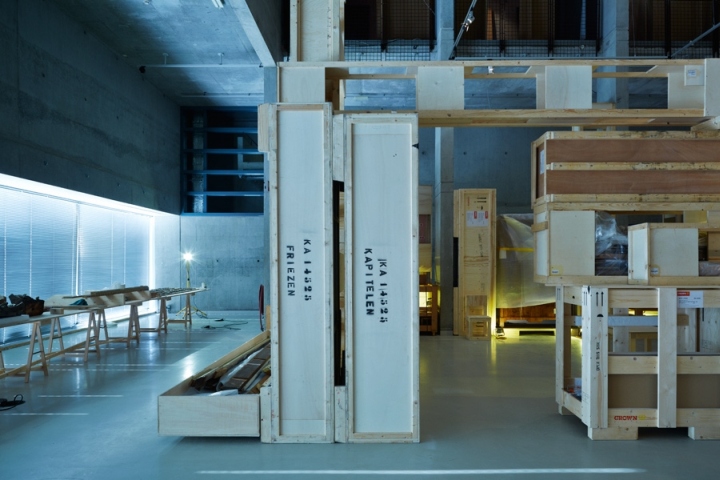

Zeroing in on the period room as an effective exhibition device for today’s museum, architect-cum-artist Andreas Angelidakis throws new light on an exhibition model popular in the late 19th century. His installation, 1:1 Period Rooms, at Het Nieuwe Instituut in Rotterdam. During their heyday, these panelled rooms-in-rooms were decorated in a style that was intended to capture the zeitgeist of a certain era. When the novelty wore off, however, museums introduced the sterile ‘white cube’ – often associated with the 1950s – in which items on display stand out clearly from their pristine surroundings.
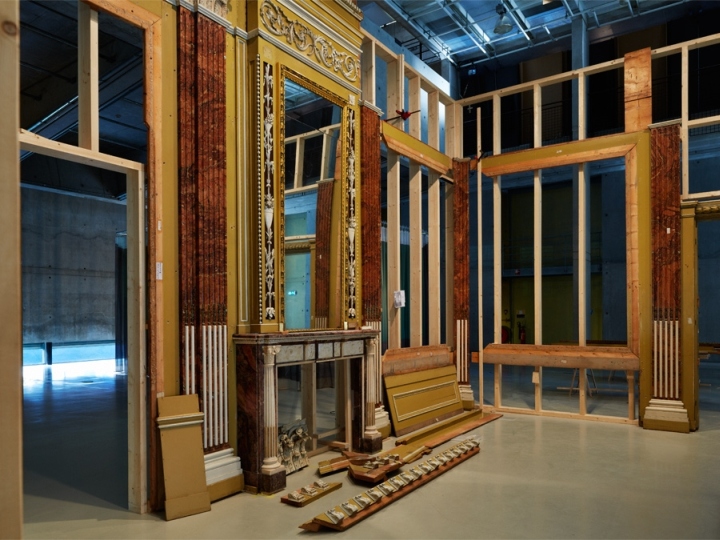
Angelidakis, who claims that art no longer depends on context, explores the range of possibilities between the two contrasting exhibition models. In five timber-framed structures, which include pieces once used in historical period rooms and found in storage at Amsterdam’s Stedelijk Museum, the visitor experiences new and sometimes ambiguous relationships among the objects on display, the interior space they inhabit, and the exterior environment. Although Angelidakis’s alternative archetypes may prove to be a new conceptual model for future exhibitions, it’s unfortunate that he failed to touch upon the possibilities of digital space.
Design: Andreas Angelidakis
Photography: Johannes Schwartz
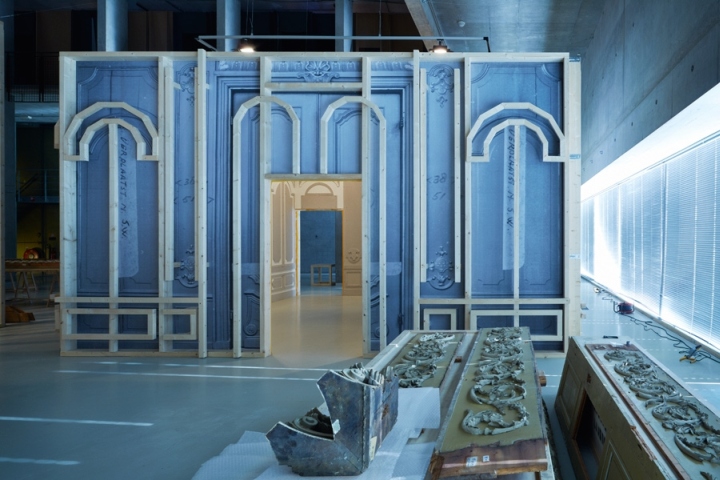
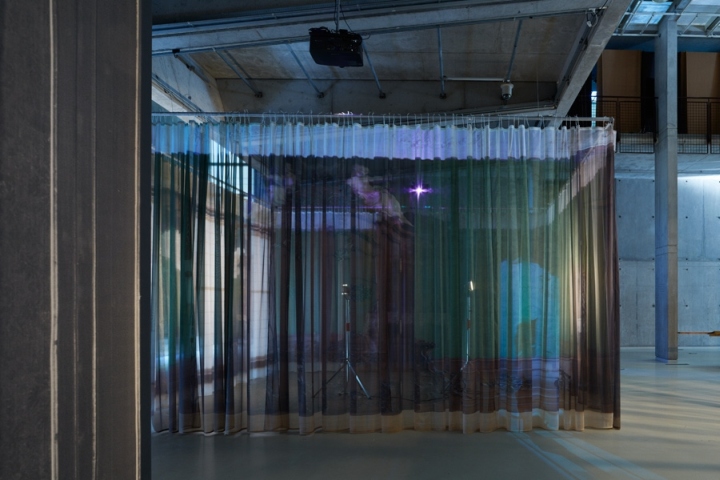
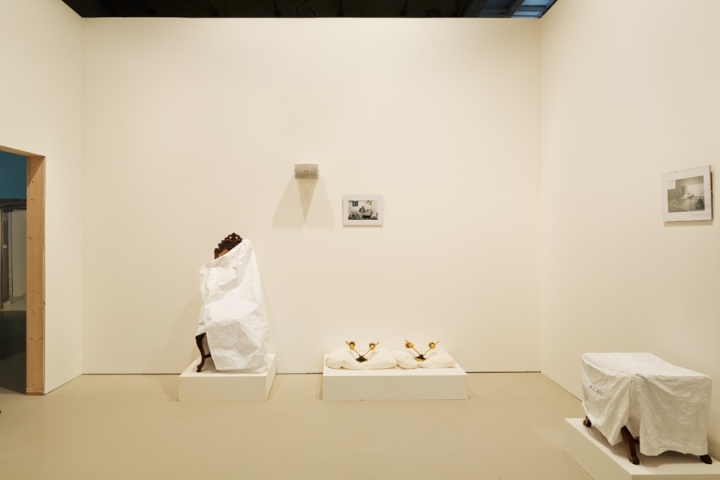

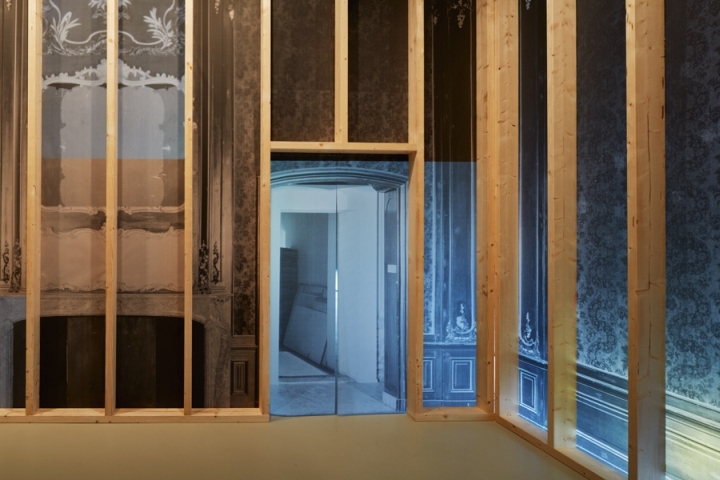
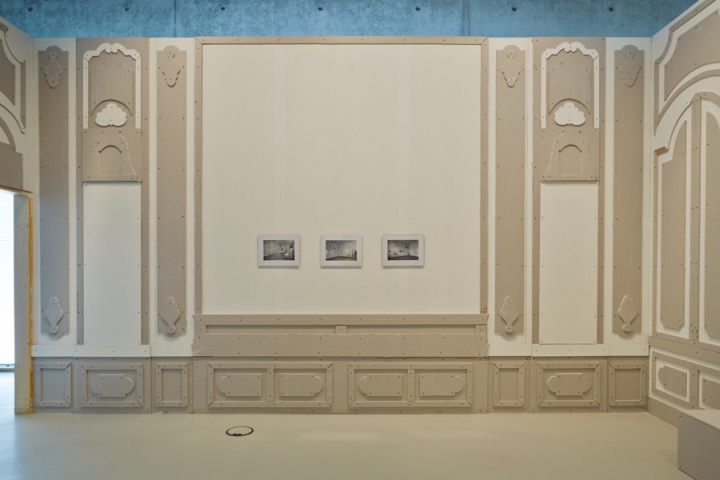
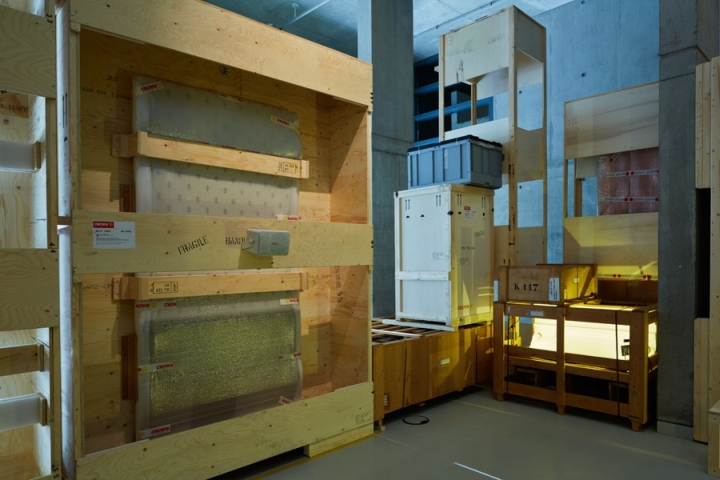
via Frameweb










